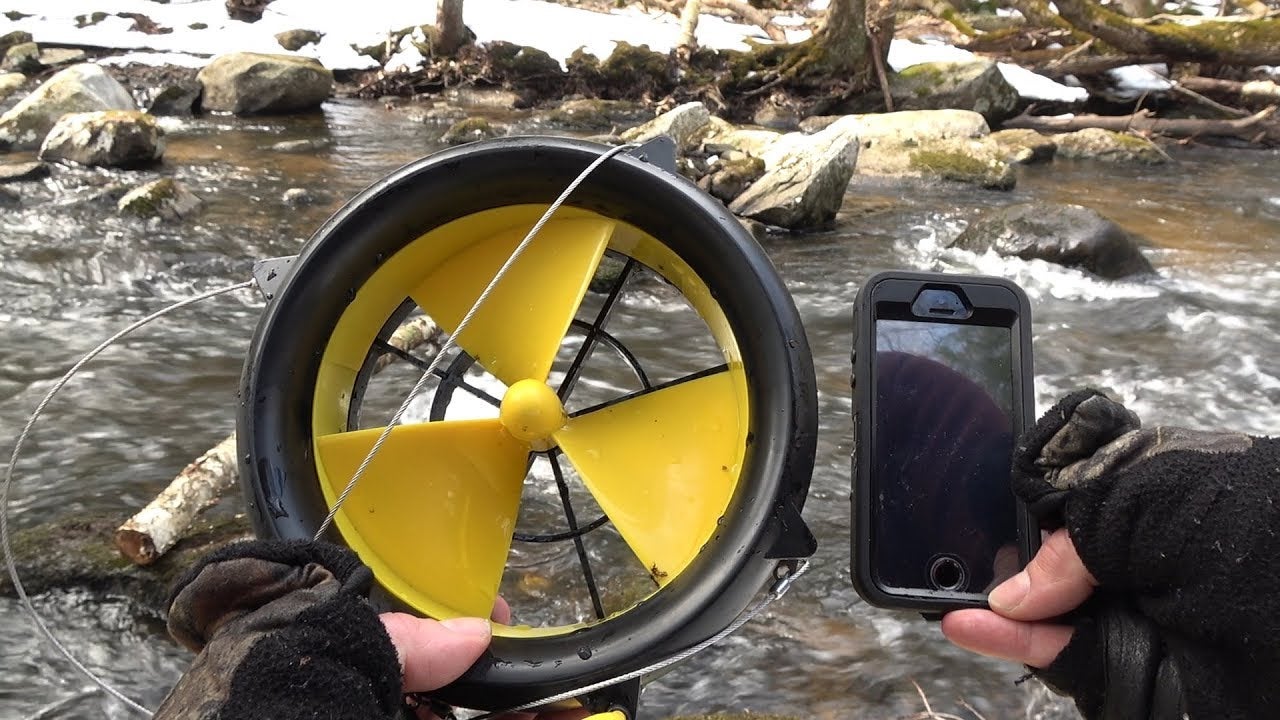
We may earn revenue from the products available on this page and participate in affiliate programs. Learn more ›
Hydroelectric generators produce electricity by harnessing the force of running water. This may seem like a novelty or impractical for home use, but you’d be surprised. While hydropower—or the use of the kinetic energy of running water to generate power—has been in use since ancient times, it is most associated these days with massive industrial damming projects, like the Oahe Dam and the Hoover Dam in the United States. But, hydropower can exist on an extremely small scale.
The benefits are obvious: you can generate power from an available resource—running water (with some models, even the water in your home’s pipes). In addition to possibly lowering your energy bills, allowing you to run additional electrical equipment, and potentially providing other benefits, utilizing hydro can take the pressure off the electricity grid, provide electricity if living off-the-grid, and offer backup power in the event of a blackout. Regarding sustainability, generating your own hydropower can reduce your use of fossil fuels and, consequently, your carbon footprint. According to the Department of Energy, about 7 percent of the nation’s electricity (and 37 percent of its renewable electricity) comes from hydropower—but with your own generator, you may be able to help those numbers grow, even slightly. Better yet, unlike large-scale hydroelectric projects, which can be extremely damaging to river ecology, small-scale hydro has relatively minimal effects on the immediate environment. Here are our picks for the best hydroelectric generators.
- Best overall: Scott Hydro 1500W Water Turbine
- Best value: Energy Systems and Design Watter Buddy
- Best portable: WaterLily Turbine
- Best budget: Yosoo DC Water Turbine Generator
- Best lightweight: Beduan Micro Water Turbine Generator
- Best off-grid: PowerSpout TRG
- Best small: Suneco 500W Hydro Turbine
How we chose the best hydroelectric generators
We looked through about a dozen models to find the top hydroelectric generators. Admittedly, there aren’t a ton of options in the middle. There are a few larger-scale, ultimately stationary models that require a good amount of flow but can usually power a home, as well as tiny models that are best for producing small amounts of power. But we did find a couple of relevant models that—while maybe not meeting all your power needs—can provide extra energy and are particularly useful in a camping or off-grid setting.
When purchasing a hydroelectric generator, sustainability is primarily in the concept: if you have running water near you, you can access a freely available resource to produce, potentially, a lot of electricity. Again, unlike with massive industrial hydro projects, effects near you should be minimal, and you can take pressure off the grid or other less sustainable energy sources. If you want to get deeply technical about it, you can calculate hydropower that you produce, and compare it to grid power, estimating both the relative cost and carbon impact of the energy you use.
The best hydroelectric generators: Recommendations & Reviews
If you’re on this page, then you likely know exactly what you’re looking for because these are somewhat complex machines that require lots of infrastructure to go with them. We’ve selected the best to fit specific uses, but products always overlap.
Best overall: Scott Hydro 1500W Water Turbine
Scott Hydro
Why it made the cut: This is an extremely well-built machine that—even with low head—can reliably power a small home with steady water flow.
Specs
- Rated at 1500W output (but can reach 2000W)
- Largely self-cleaning
- Made in USA
Pros
- Provides ample power
- Very sturdy
Cons
- Expensive
- Additional components required
If you live near a decent, steady source of running water, this high-quality machine can, once installed, probably provide consistent power for your home year-round. Your electricity bills will be negligible, you will not have to worry about the weather (as you do for solar or wind power), and you can sustainably produce consistent electricity with limited environmental impact.
ABS Alaskan, the maker of this machine, has been making high-quality alternative energy devices for over 30 years, geared toward the conditions in Alaska—a state with over 12,000 rivers—but applicable all over. The Scott Hydro Turbine, with a 1500-watt output, can almost certainly provide the energy you need for your home. While it requires a steady flow of water, it only needs a 20-foot drop in “head” (a term explained in our “Things to consider …” section near the bottom)—relatively small given the power provided. Once installed, it’s very easy to maintain—it is effectively self-cleaning, using the water flow, with only three rotating components.
On the con side, these units are pricey, and installation does take some work, requiring a relatively simple water diversion and a small shelter to protect the unit. You’ll also need an electric connection kit, not to mention batteries (if intending to store power). But once it’s up and running, it can provide lasting, sustainable power for years.
Best value: Energy Systems and Design Watter Buddy
Energy Systems and Design
Why it made the cut: For a modest price and small size, the Watter Buddy can provide a non-insubstantial 200W of power.
Specs
- Type: Generates DC power via rectifier
- Weight: 8 lbs
Pros
- Lightweight
- Multiple nozzle sizes provided to match flow
Cons
- Likely cannot provide all your power needs
The Watter Buddy is an innovative machine from Energy Systems and Design, a Canadian company providing off-grid hydro solutions for four decades. While the company produces a couple of larger (and more expensive models), the Watter Buddy meets you in the middle. For a modest price, it can provide a considerable amount—though probably not all—of your power needs. But don’t discount 200W. Whether you need supplementary off-grid power, are looking for electricity for a small workshop, or have other relevant needs, with steady water flow, this machine can do a lot—potentially lessening your reliance on a traditional electric generator. And you don’t have to be off-grid—this can even be effectively used with traditional household pipes.
This product is convenient in a few other ways. Multiple nozzle sizes allow you to match the flow you use to generate power easily. A built-in rectifier converts from AC to DC power, allowing electricity produced to be easily sent to batteries or compatible devices. Finally, its very small size allows you to move it around conveniently as needed.
Best portable: WaterLily Turbine
WaterLily
Why it made the cut: The WaterLily Turbine is easy to set up and use anywhere you can access running water, providing charge capabilities for both 12V and USB devices.
Specs
- Produces up to 2A (on 12V output); or up to 3A (via USB output)
- 10 ft. charge cord
- 1 km/h minimum water flow required
Pros
- Can charge cellphones, battery banks, lights, and more
- Under 3 lbs.
Cons
- Likely can’t provide for all power needs
For something easily transportable but extremely reliable, check out the WaterLily Turbine. This innovative little device can be set up virtually anywhere you have running water, producing (at highest power) up to 15 W. With good flow, a small device (cellphone, camera, etc.) should charge at roughly the same rate as it would if plugged into a traditional wall outlet. The WaterLily also offers unique accessories, including its WindLily attachment, which allows you to convert the device to harvest wind energy, and its SolarLily panels, which allows for a solar harvesting component.
In terms of sustainability, again, a small hydroelectric generator has the virtue of harnessing natural flow with minimal ecological impacts. According to the company, using a WaterLily can provide the equivalent power of 50 AA batteries in a day. The company also looks to promote its values by collaborating with organizations that help deploy WaterLily turbines in the developing world.
Best budget: Yosoo DC Water Turbine Generator
Yosoo
Why it made the cut: For a very affordable price, this small Yosoo generator reliably generates up to 10 W of power and can be used on your household pipes.
Specs
- 12V, 10W output
- 3.2 oz
- Made in China
Pros
- Very affordable
- Reliable, steady
Cons
- Provides very limited power
The Yosoo DC Water Turbine Generator is a small, handy device that neatly hooks up to the pipes in your home. For an extremely affordable price, you can use water that, in most cases, should flow through your pipes anyway to generate a little extra electricity. It’s not useful for big devices, but it can provide additional capacity for lightning, charging for phones or other devices, or similar uses that require comparable power.
While this generator may not make a huge difference if you’re tied into the grid, it can be very handy if you live off-grid, where every little bit of power matters. Keep some lights on, charge up your phone or radio, or fulfill other needs based on existing water flow.
Best lightweight: Beduan Micro Water Turbine Generator
Beduan
Why it made the cut: This is another small, inexpensive, and simple option that can provide some extra power in your home.
Specs
- 3.17 oz
- 12 V, 10 W
- 0.5” G thread
Pros
- Very light
- Affordable
- Easy to install
Cons
- Provides limited power
- Can be noisy
This small device from Beduan provides another handy way to generate a little extra power from water running through a pipe, like a shower or through a hose. Its recommended water flow for full power is about 26 L/min, and with 10 W, you can provide a little extra power to charge a small device or power a light. While that certainly won’t be enough to run your washing machine or fridge, it can still be helpful—again, especially in off-grid situations, where power may be limited.
In practice, this little device from Beduan can make a handy addendum to your stock of energy-efficient tech. It makes up for its limitations by being both extremely affordable, as well as lightweight and easy to install.
Best off-grid: PowerSpout TRG
PowerSprout
Why it made the cut: This is a high-caliber model that comes in high-head, medium-head, and low-head options, with the capacity to provide substantial off-grid power.
Specs
- Head range is 6.6 to 100 feet
- Maximum flow 254 gpm
- 16.9×16.1×13.8”
Pros
- Customizable to different types of flows
- Relatively affordable given power provided
Cons
- Can be challenging to set up
PowerSpout is a New Zealand-based company that offers an assortment of hydroelectric generators. We’ve linked to their medium-head option here, but they also make a high-head and low-head model. This variety is great, allowing you to carefully select the right model for your given conditions. Bear in mind, though, that setup can be tricky, and it is best to buy from a dealer.
The PowerSpout TRG is a high-quality machine that—for a pretty modest price—can generate 1.6 kW daily with adequate flow. The company even notes that “stacking” units is an option for generating additional power. The turbine will come with pretty much everything you need for setup, and by ordering from a dealer, you can go over your system specs to be sure you are prepared to easily get it up and running. While these are ideal for off-grid setups, they can be ordered such that the system voltage can easily be tied into the grid. In short, a great model for all situations.
Best small: Suneco 500W Hydro Turbine
Suneco
Why it made the cut: If your water flow has decent head, this fairly small turbine can produce a decent amount of power that can cut down your electricity budget or provide extra off-grid power.
Specs
- Rated for 12-18 m. head
- Output: 500 W
- Weight: 27 kgs.
Pros
- Consistent, fairly substantial power
- Good safety protection
Cons
- Requires considerable head to generate power
Suneco Hydro has been developing micro hydro turbines since 1991—and they have several options. The 500W hydro turbine is a modest size that slots in right in the middle; it’s not too large or expensive but is substantial enough to make a difference in terms of power provided.
This particular model, weighing in at 27 kgs., is small enough that you can most likely set it up yourself. While it requires a somewhat considerable 12 m. of head to generate power, if you have the setting for it, it can make a great option for an on or off-grid property. However, it should be noted that Suneco Hydro is based in China, which can mean longer shipping times, and may potentially involve more challenges when working with customer service.
What to consider when shopping for a hydroelectric generator
Many factors go into choosing the ideal hydroelectric generator. How bulky is the generator? Is it portable? How much water does it require to run? How much power does it generate? Where can it be run? Can you set it up yourself? Depending on your needs—whether you want it for the home, a workshop, or for use when out in the backcountry—you will probably hone in on particular products.
Size
Hydropower comes in many sizes. According to the Bureau of Reclamation, for instance, the Hoover Dam generates 4 billion kilowatt-hours annually. On the far opposite end of the spectrum is pico hydro, which can generate up to 5 kW of electricity. The next most substantial type of hydro is micro hydropower, which generates up to 100 kW of electricity. (Hydropower continues up in size after that—encompassing mini hydro, which produces 100 kW to 1 MW of electricity, small hydro, and so on—but virtually any system for use on an individual scale will fall into the micro or pico category.)
Keep your needs in mind. If you’re looking for something to use while camping, you’ll want to focus on the smallest and lightest end of the spectrum; if you want to power your house from the creek that runs through your property, you may need a sizable generator.
Water source
While hydropower is conventionally associated with large rivers, any flow of water can potentially produce hydropower. The output could possibly offer more power than you think. Two terms are useful to know to understand how to calculate hydropower’s potential output. “Head” denotes the height gradient over which water moves from input to output; “flow” is the amount of water going through the system. These two numbers can be used to calculate the rough power output of a system.
How does the water source come in? Naturally, heavier running water over steeper terrain generates more power. If you have a substantial stream on your property, it’s very possible that you can generate a considerable amount of electricity from it. But hydropower can work even on a tiny scale. For instance, some systems are built to run off the water in your pipes. When looking for a personal hydro system, give consideration to the source of the water—and also consider seasonal factors, like whether a stream tends to dry up in the summer.
Generator type
According to the Department of Energy, “reaction” and “impulse” turbines are the two main classes of hydro turbines. Hydropower is not terribly complicated, but for the purposes of home use, you mainly need to determine what fits your particular setting.
The main difference between the two is that reaction turbines generate energy based on water pressure, while impulse turbines generate energy based on water velocity. Impulse turbines are best with high head and low flow (while reaction turbines are the inverse). Impulse turbines are more common in microhydro settings, although propeller turbines are a type of reaction turbine that can be used for microhydro.
FAQs
Q: How much do hydroelectric generators cost?
In a generator, the cost of a generator will be correlated with its power output. The most miniature, portable generators—which may produce only a few watts, can be reasonably priced. Larger generators surveyed, provided they have access to a steady water supply, may be able to power your home—and more. But these ones can cost several thousand dollars and may require supplementary equipment, like inverters, wiring, and batteries. Of course, you can always save and look for refurbished options on sites like eBay, Amazon Renewed, and others.
Q: What size hydroelectric generator do I need?
It all depends on your needs! If you want one that provides enough power to charge your phone, one of the smallest options above might be sufficient. If you want to generate most of your home’s electricity via a hydro generator, you may need one producing 1000W or more.
Q: Can you power a house with a hydroelectric generator?
It depends on your power needs, the amount of water flow you can access, and the size of your generator. According to ABS Alaskan, the average American home without electric heat uses about 1000W consistently (less than the 1500 W put out by their Scott Hydro Turbine—meaning that device could power an average house). You can add up the wattage used by regularly running devices in your home—refrigerator, lights, washing machine, etc.—and compare them to the output of your generator.
Q: Will I need to purchase any additional equipment?
Sometimes. If you want to store power, you must purchase batteries, typically lead-acid or lithium. Both options are fairly expensive, but once purchased, they can usually last many years. Depending on the model, you may also need an inverter or other equipment to bring power from the generator to batteries or appliances. Be sure to check the specs on whichever generator you end up purchasing.
Q: What can I do with my hydro or old generator when it no longer works?
With good care, your hydro generator should last many years. Because these units tend to be specialized and each model is unique, check with the dealer or manufacturer about cleaning and maintenance instructions to ensure the machine lasts as long as possible (some, like the Scott Hydro 1500 W Water Turbine, are largely self-cleaning once set up.)
If your new hydro generator will replace your gas generator, you may be looking for ways to recycle your old machine. LoadUp is one company that can help recycle your old gas generate, salvaging as many valuable materials as possible. Some scrap companies, like Rockaway Recycling, may pay cash for old generators. Reaching out to scrap yards near you may suggest other ways to salvage usable materials from your generator.
Final thoughts on the best hydroelectric generators
- Best overall: Scott Hydro 1500W Water Turbine
- Best value: Energy Systems and Design Watter Buddy
- Best portable: WaterLily Turbine
- Best budget: Yosoo DC Water Turbine Generator
- Best lightweight: Beduan Micro Water Turbine Generator
- Best off-grid: PowerSpout TRG
- Best small: Suneco 500W Hydro Turbine
If you’re looking for a serious way to generate consistent hydropower from a decent amount of flowing water on your property, check out the Scott Hydro 1500 W Water Turbine. If you’re looking for a smaller and more portable option, the WaterLily Turbine is a great choice.
Why trust us
Popular Science started writing about technology more than 150 years ago. There was no such thing as “gadget writing” when we published our first issue in 1872, but if there was, our mission to demystify the world of innovation for everyday readers means we would have been all over it. Here in the present, PopSci is fully committed to helping readers navigate the increasingly intimidating array of devices on the market right now.
Our writers and editors have combined decades of experience covering and reviewing consumer electronics. We each have our own obsessive specialties—from high-end audio to video games to cameras and beyond—but when we’re reviewing devices outside of our immediate wheelhouses, we do our best to seek out trustworthy voices and opinions to help guide people to the very best recommendations. We know we don’t know everything, but we’re excited to live through the analysis paralysis that internet shopping can spur so readers don’t have to.
The post The best hydroelectric generators for 2023 appeared first on Popular Science.
Articles may contain affiliate links which enable us to share in the revenue of any purchases made.
from | Popular Science https://ift.tt/HBbVv9J

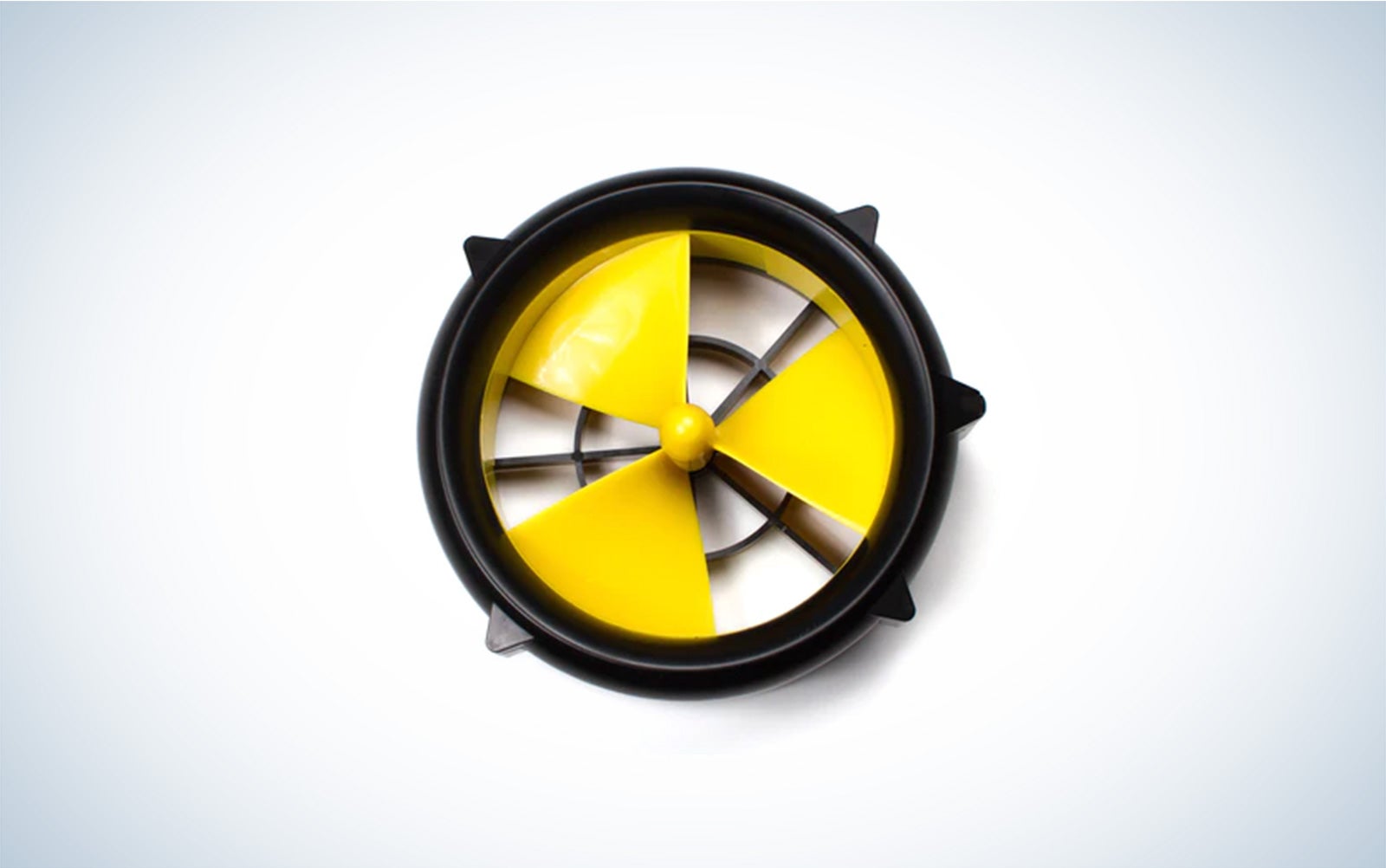
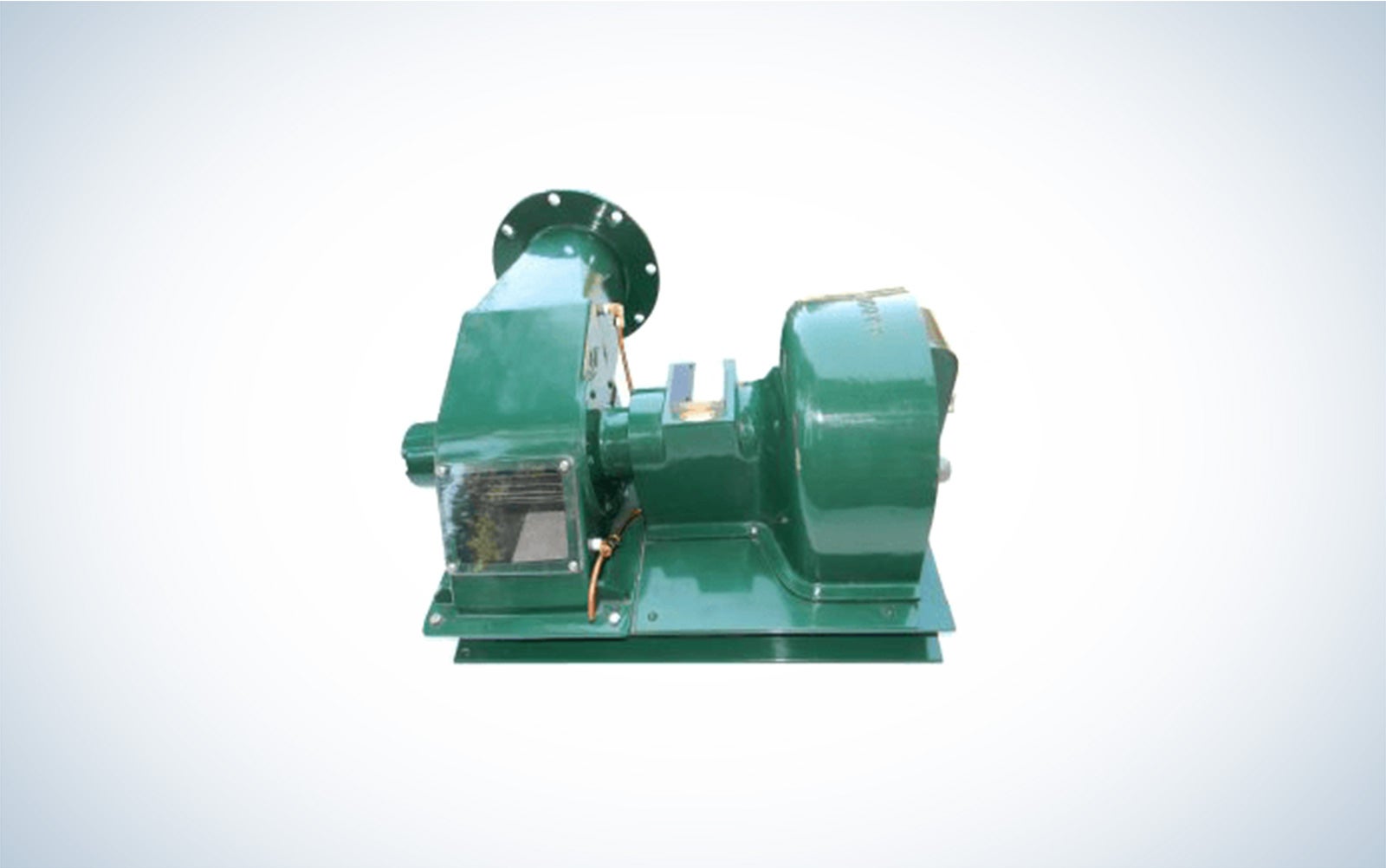
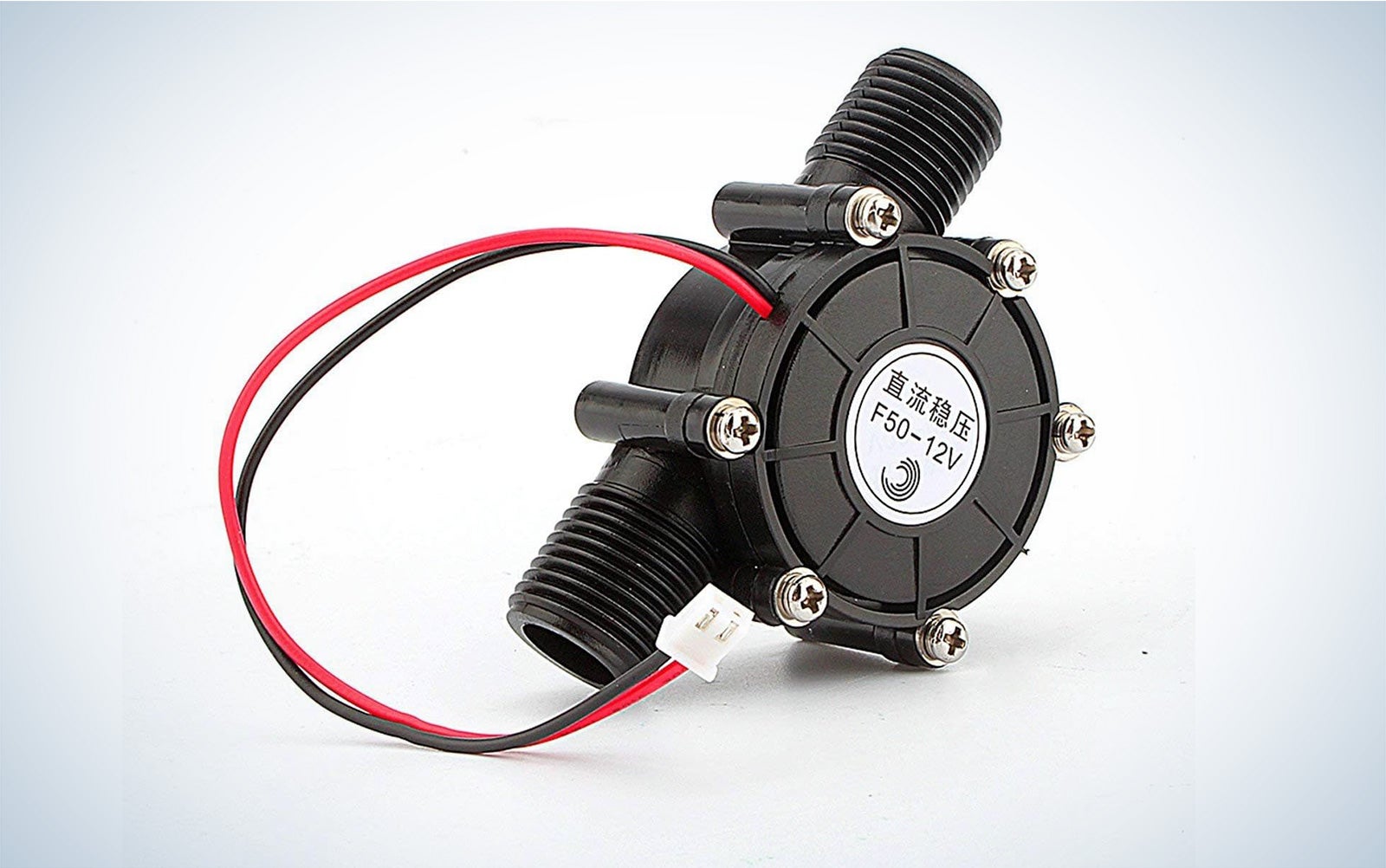
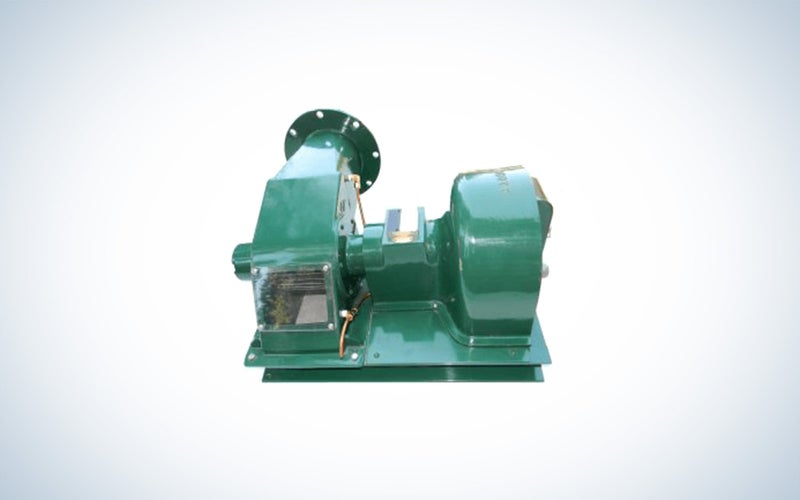
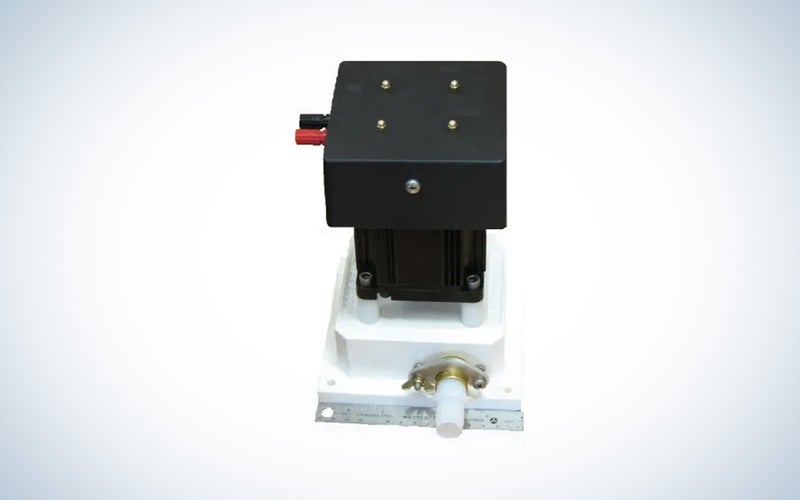
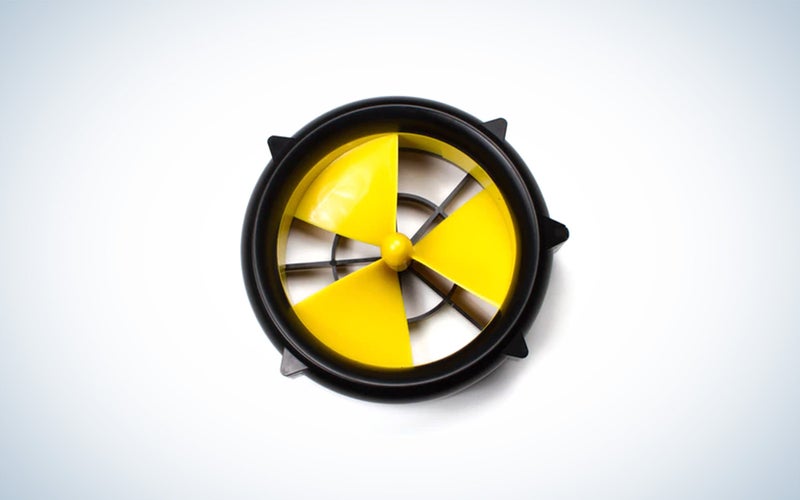
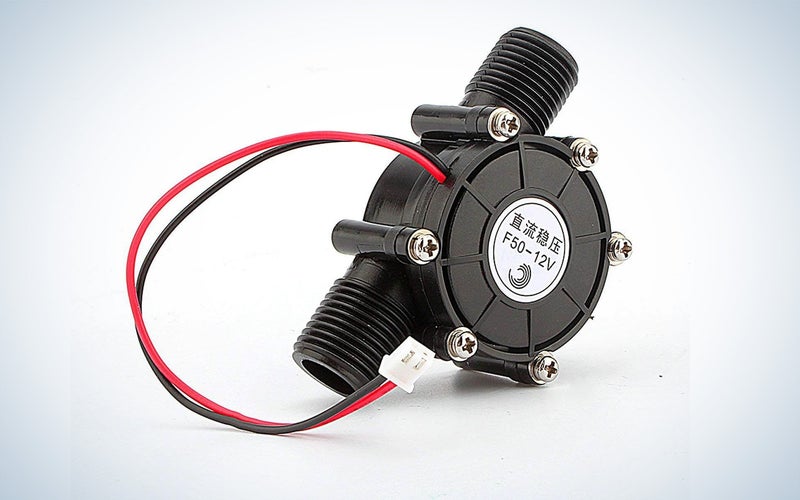
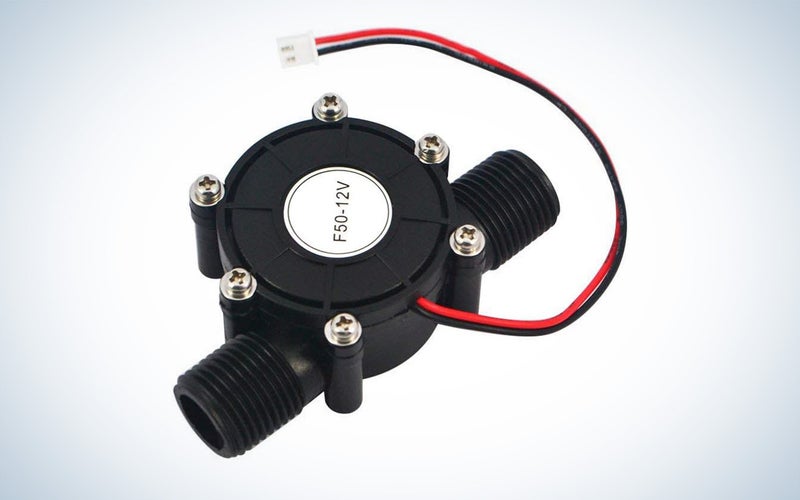
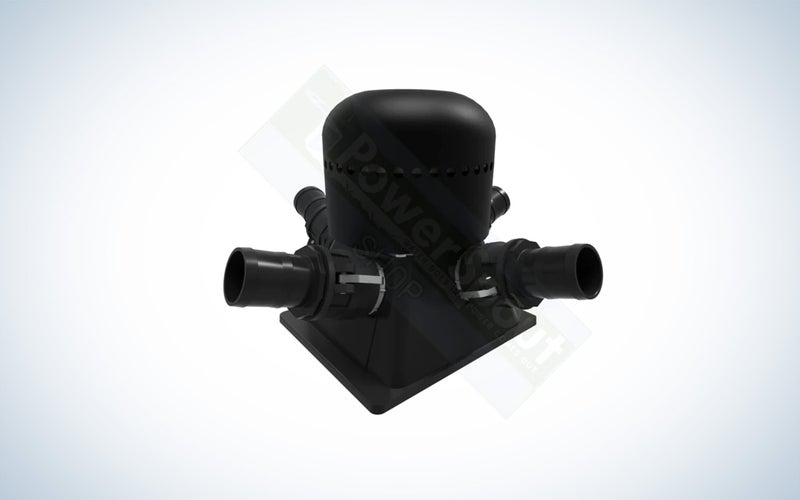
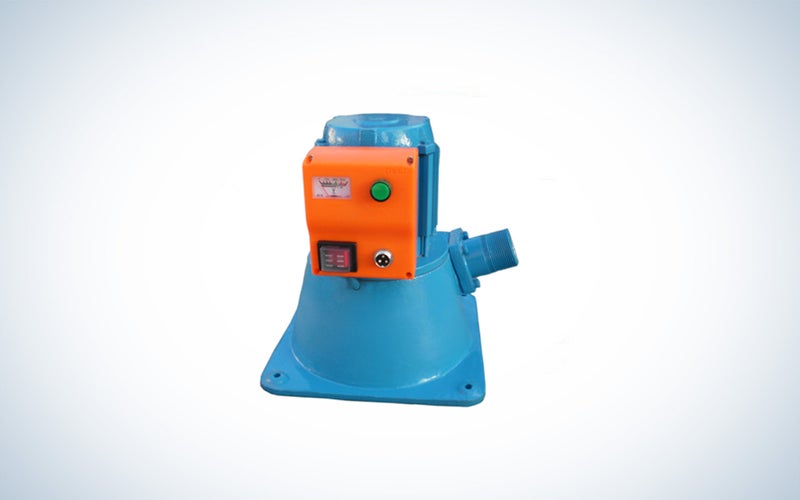



0 Comments